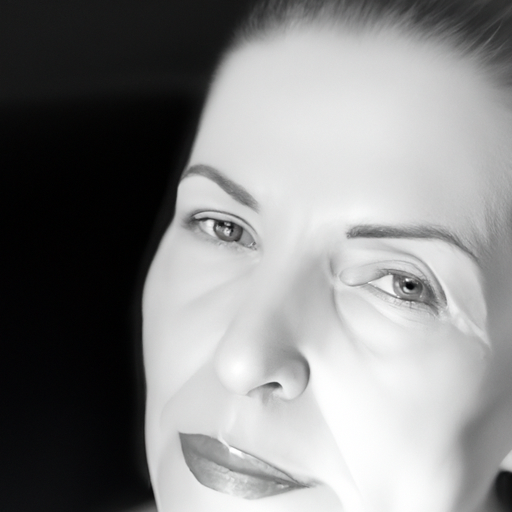As a medical professional, I have encountered countless patients struggling with acne, a common skin condition that affects millions of people worldwide. Acne can be a source of significant distress, impacting self-esteem and quality of life. This article aims to unmask acne, providing a comprehensive guide to its diagnosis and treatment.
Acne vulgaris, commonly known as acne, is a chronic inflammatory skin condition that predominantly affects the face but can also appear on the chest, back, and upper arms. It is characterized by the presence of comedones (blackheads and whiteheads), papules (small red bumps), pustules (pus-filled bumps), nodules (large, painful lumps beneath the skin’s surface), and cysts.
The primary cause of acne is the overproduction of sebum, an oily substance produced by sebaceous glands to keep the skin moisturized. This overproduction can be triggered by hormonal changes during puberty, menstruation, or pregnancy. Other factors contributing to acne include genetics, diet, stress, and certain medications.
Diagnosing acne is typically straightforward. As a doctor, I usually perform a physical examination of the skin and take a detailed medical history. In some cases, I may refer patients to a dermatologist for further evaluation. It’s important to distinguish acne from other skin conditions that may present with similar symptoms, such as rosacea or folliculitis.
Once diagnosed, the treatment goal for acne is to reduce sebum production, speed up skin cell turnover, fight bacterial infection, and reduce inflammation. The choice of treatment depends on the severity and persistence of acne.
For mild acne, over-the-counter (OTC) treatments may be sufficient. These include topical treatments containing benzoyl peroxide, salicylic acid, or sulfur. These ingredients work by killing bacteria, reducing inflammation, and unclogging pores.
If OTC treatments are ineffective, prescription medications may be necessary. Topical retinoids, derived from vitamin A, are often the first-line treatment for moderate to severe acne. They work by promoting cell turnover and preventing the formation of comedones. Topical antibiotics may be used in combination with retinoids to reduce bacteria and inflammation.
For severe or persistent acne, oral medications may be prescribed. These include oral antibiotics, hormonal therapies (for women), and isotretinoin. Isotretinoin, also known as Accutane, is a powerful medication used for severe, scarring acne or acne that doesn’t respond to other treatments. It works by shrinking the sebaceous glands, reducing sebum production.
In addition to these treatments, lifestyle modifications can also help manage acne. These include maintaining a healthy diet, regular exercise, adequate sleep, and good skincare habits such as gently cleansing the skin twice daily, avoiding harsh scrubs, and refraining from picking or squeezing pimples.
It’s important to remember that acne treatments take time to work, typically between 6 to 8 weeks, and may initially cause skin irritation. Patience and consistency are key. If one treatment doesn’t work, don’t get discouraged. There are many treatment options available, and what works best will depend on the individual.
In conclusion, acne is a common but treatable condition. As a doctor, my role is not only to diagnose and treat but also to educate and support my patients throughout their acne journey. Understanding the causes and treatments of acne can empower patients to take an active role in managing their condition and improving their skin health.



